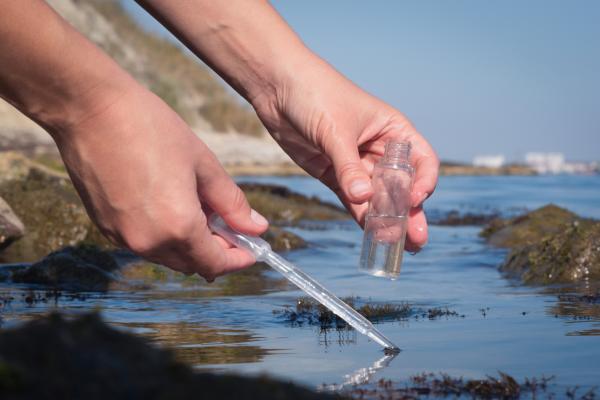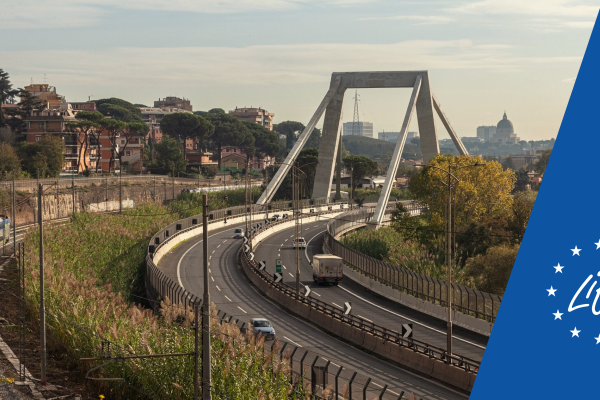Overview
Major industrial accidents involving dangerous chemicals pose a significant threat to human health and the environment. Furthermore, such accidents often cause substantial economic losses and disrupt sustainable growth. At the same time, chemicals play a fundamental role in most of our daily activities, as they form part of virtually every device we use, contributing to our well-being, protection of our health and security or providing solutions to new challenges through innovation.
Objectives
The EU aims to
- prevent major accidents involving dangerous substances
- ensure appropriate preparedness and response should such accidents occur
- limit the consequences of such accidents not only for human health but also for the environment
- identify and promote lessons learned from accidents to prevent a similar accident from occuring

Law
The Seveso-III Directive (Directive 2012/18/EU) on the control of major-accident hazards involving dangerous substances provides for the relevant framework on risk management measures to prevent major accidents and to limit their consequences.
It applies to over 12 000 industrial installations across the EU. It lays down rules to prevent major industrial accidents and minimize their harmful impacts on human health and the environment.
Sectors like the chemical and petrochemical industry, and the fuel wholesale and storage sectors are covered by its scope. Different safety regimes apply, depending on the amount of dangerous substances present, with stricter legal requirements applying to installations handling high amounts.
The Seveso III Directive plays a key role in steering the highly industrialised EU towards zero pollution from industrial accidents, a commitment set out in the European Green Deal and the Zero Pollution Action Plan.
The Seveso Directive is well integrated with other EU policies, thus avoiding double regulation or other administrative burden. This includes
Implementation
In 2021, the European Commission published a report on the implementation and efficient functioning of the Seveso III Directive. The report shows that between 2015 and 2018 the number of major industrial accidents in the EU stabilised at a low level. It also shows that EU Member States are now better equipped to implement the provisions of the Directive. This press release provides more information.
International cooperation
The effects of major accidents do not stop at national borders: EU citizens can be seriously affected by accidents in neighbouring countries. Therefore, it is necessary to cooperate internationally and aim at a high level of protection also in non-EU countries.
In this context, the EU is active in all relevant international fora, such as the UNECE: Convention on the Transboundary Effects of Industrial Accidents (more information), the UNEP: Flexible Framework on Accident Prevention and Preparedness, and the OECD’s programme on chemical accidents (more information).
Actions to control major accident hazards also contribute to the international efforts to achieve the Sustainable Development Goals and to the Sendai Framework for Disaster Risk Reduction.
Tools
A collection of technical information and tools supporting the EU’s major accident hazards policy.
Documents
The public CIRCABC interest group contains many documents related to the Seveso Directive including
- information and guidance documents
- related studies and reports
- workshop and seminar documentation
- links to national authorities and other useful websites
It also includes FAQ document intended to assist stakeholders by developing the wording and intent of the Seveso III Directive 2012/18/EU so that Member States transpose and implement the Directive in a consistent manner.
Related links
Main laws: Seveso-III Directive (Directive 2012/18/EU)
Related topics: Chemicals
Related strategies: Chemicals strategy, Zero pollution action plan
Related Commission priorities: European Green Deal





